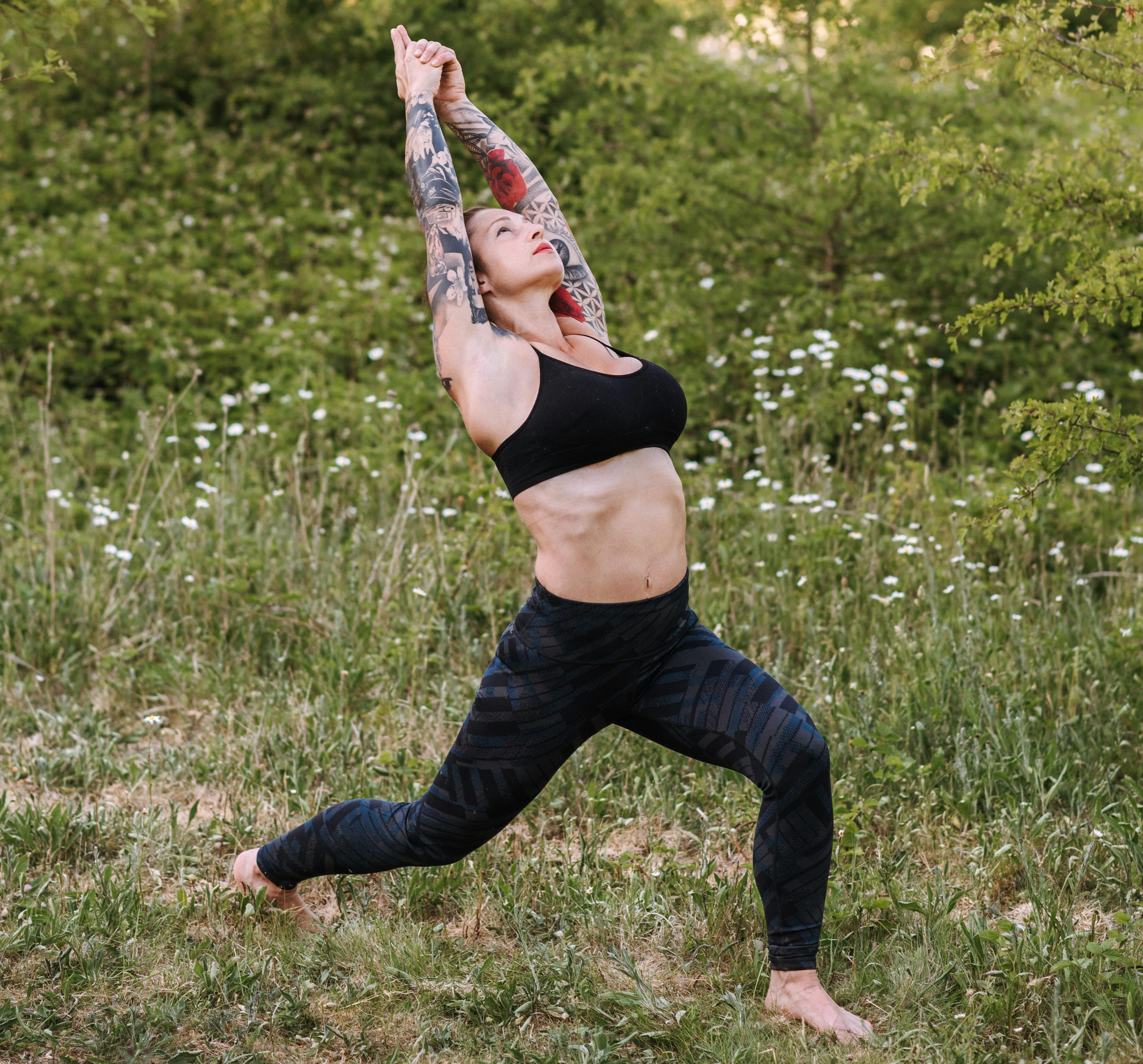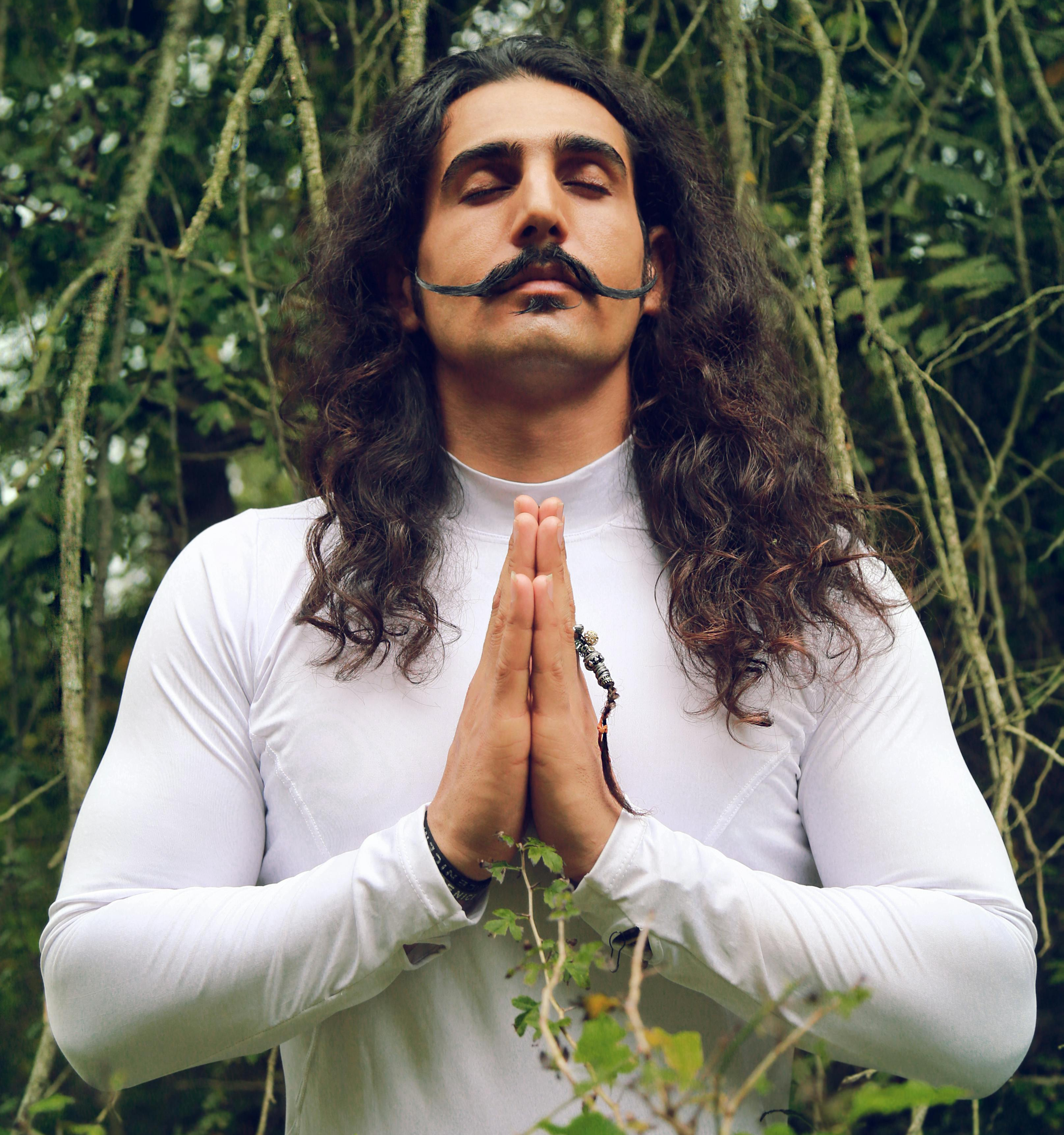Search for yoga retreats
Discover yoga retreats, holidays, and courses from worldwide.
Imagine the blissful serenity washing over you after a dynamic vinyasa yoga class. Perhaps you noticed a newfound strength in your core, a flexibility that allowed you to reach for a pose you never thought possible, or a deeper sense of balance that transcended the physical and touched your inner world. If yoga has ignited a spark within you, a yearning to share that flame with others and empower them to cultivate their own sense of well-being, then vinyasa yoga teacher training could be your perfect next step.
Vinyasa yoga, known for its dynamic flow and breath-synchronized movements, is a powerful practice that cultivates not just physical strength and flexibility, but also mindfulness and a deeper connection to your inner self. By enrolling in a vinyasa yoga teacher training course, you gain the tools and knowledge to guide others on their own transformative yoga journeys.
The beauty of vinyasa yoga teacher training lies in its variety and accessibility. Courses are offered all over the world, catering to diverse interests, budgets, and learning styles. Whether you dream of practicing yoga under swaying palm trees on a tropical beach in Costa Rica, immersing yourself in the rich cultural tapestry of India, the birthplace of yoga, or prefer a more traditional studio setting closer to home, there's a course designed just for you.
Here's a comprehensive breakdown of what you can expect to learn in a vinyasa yoga teacher training program, setting the stage for your transformation into a skilled and inspiring yoga teacher:
1. The Bedrock of Vinyasa: A Deep Dive into Asana Practice

- Mastering Sun Salutations (Surya Namaskar): Delve into the foundational sequence of vinyasa yoga, exploring variations like Vinyasa Krama's slow, deliberate approach or the dynamic sequences found in power vinyasa classes. Understand the alignment principles (drishti, bandhas) essential for safe and effective practice.
- Standing Postures (Tadasana Variations, Virabhadrasana Variations, Vrksasana, etc.): Develop a strong foundation with in-depth exploration of standing postures. Learn modifications for different abilities and explore creative ways to integrate these postures into your vinyasa flows.
- Balancing Poses (Natarajasana, Vrksasana Variations, Garudasana): Sharpen your balance and explore techniques to cultivate inner stillness within movement. This includes understanding the role of core engagement and proper alignment in maintaining balance in various poses.
- Inversions (Adho Mukha Svanasana, Pincha Mayurasana, Headstand Variations): Learn safe and effective techniques for exploring inversions, including proper preparation, alignment cues, spotting techniques for assisting students, and modifications for those with limitations.
- Restorative Poses (Savasana, Supported Bridge Pose, Child's Pose Variations): Discover the power of restorative postures to promote deep relaxation and rejuvenation. Learn how to create supportive sequences using props like bolsters, blankets, and straps to guide students into a state of complete relaxation.
2. Crafting Compelling Vinyasa Flows: The Art of Sequencing
- Sequencing Principles: Explore the principles of crafting dynamic and engaging vinyasa flows. Learn how to create a logical progression of poses based on muscle groups, energy meridians (nadis), and the desired effect of your class (energizing, calming, etc.).
- Transitions Between Poses (Vinyasa): Master the art of smooth and graceful transitions between postures, ensuring a continuous flow of movement throughout your class. Explore different vinyasa variations like chaturanga dandasana variations, jump-throughs, and vinyasa with twists.
- Theming Your Class: Learn how to weave a theme throughout your class, creating a cohesive experience for your students. This could involve incorporating a specific yoga philosophy concept, focusing on a particular chakra system, or using a seasonal theme to inspire your practice.
3. The Art of Teaching Yoga: Beyond Just Knowing the Poses
- Effective Communication: Develop clear and concise communication skills, including the use of verbal cues, descriptive language, and positive reinforcement. Learn how to adjust instructions based on the experience level of your students and provide constructive feedback for improvement.
- Hands-On Adjustments: Master the art of safe and effective hands-on adjustments to guide students into proper alignment. This includes understanding the importance of consent, respecting individual limitations, and providing clear verbal cues alongside physical adjustments.
- Creating a Safe and Inclusive Space: Foster a welcoming and inclusive environment where students of all backgrounds, abilities, and body types feel comfortable exploring their yoga practice.
- Cater to Diverse Needs: Learn how to modify poses for students with injuries, limitations, or different body types. Explore the use of props like blocks, straps, and bolsters to make yoga accessible for everyone.
- Cultivating Community: Create a sense of community within your class by encouraging interaction and respect among students. This could involve incorporating partner poses, group discussions, or simply fostering a friendly and supportive atmosphere.

4. The Yoga Philosophy Compass: A Journey of Self-Discovery
- The Yamas (Ethical Observances): Explore the five Yamas - Ahimsa (non-violence), Satya (truthfulness), Asteya (non-stealing), Brahmacharya (moderation), and Aparigraha (non-attachment) - and how they guide our behavior towards ourselves and others. Discuss how these principles can be integrated into both your yoga practice and daily life.
- The Niyamas (Self-Disciplines): Delve into the five Niyamas - Saucha (cleanliness), Santosha (contentment), Tapas (austerity), Svadhyaya (self-study), and Ishvara Pranidhana (surrender to the divine) - that cultivate inner strength and discipline. Explore how these principles can be woven into the fabric of your yoga teaching to inspire students on their self-discovery journeys.
- Asanas (Postures) as Physical Expressions: Discover how the physical postures (asanas) of yoga serve as expressions of the Yamas and Niyamas. Explore the symbolism and deeper meanings behind various postures, enriching your understanding and teaching of yoga.
- Pranayama (Breathwork): Learn various pranayama techniques like ujjayi breathing, kapalabhati, and bhastrika to regulate the flow of energy (prana) in the body. Explore how pranayama practices can enhance focus, cultivate inner peace, and complement your yoga flows.
- Pratyahara (Withdrawal of the Senses): Delve into the concept of pratyahara, the withdrawal of the senses. Explore practices like meditation and mindfulness that help cultivate inner focus and detachment from external stimuli.
- Dharana (Concentration): Learn techniques to sharpen your concentration and focus the mind on a single point. Practices like gazing at a Drishti point (focal point) during yoga postures can be used to cultivate dharana.
- Dhyana (Meditation): Explore various meditation techniques, such as mindfulness of breath meditation, mantra meditation, and walking meditation, to cultivate inner peace and stillness. Learn how to integrate meditation practices into your yoga classes to offer students a deeper experience.
- Samadhi (Enlightenment): Discuss the ultimate goal of yoga - Samadhi, a state of blissful union with the divine. While recognizing the vastness of this concept, explore how yoga practices can lead us closer to a state of inner peace and self-realization.
5. Beyond the Core Curriculum: Enriching Your Yoga Teacher Training Experience
- Immerse Yourself in the Local Culture: Many vinyasa yoga teacher training programs are offered in captivating locations around the world. Embrace the opportunity to immerse yourself in the local culture, explore historical sites, participate in traditional festivals, or savor the local cuisine. This enriches your overall experience and allows you to connect with the roots of yoga.
- Deepen Your Practice with Meditation and Mindfulness Workshops: Learn various meditation and mindfulness techniques that can enhance your own practice and equip you to guide your students effectively. Explore techniques like body scan meditation, loving-kindness meditation, and visualization exercises.
- Nourish Your Body & Mind with Ayurvedic Cooking: Discover the art of Ayurvedic cooking and how to create delicious and healthy meals that support your yoga practice. Ayurveda, the ancient Indian system of medicine, emphasizes the connection between diet and well-being. Learn about the different doshas (constitutions) and how to tailor your meals to promote balance within your body. This knowledge can be invaluable for guiding students on how to nourish themselves for optimal health and yoga practice.
- Expand Your Knowledge with Yoga Philosophy Lectures: Attend yoga philosophy lectures to gain a deeper understanding of the ancient wisdom behind the practice. Dive into classic yoga texts like the Yoga Sutras of Patanjali and the Bhagavad Gita, delving into their teachings on self-realization, liberation, and the path to enlightenment. This knowledge can enrich your yoga teaching by offering a deeper philosophical context for your students.
6. Unveiling Anatomy & Physiology for Safe and Effective Teaching
Gain a solid understanding of human anatomy and physiology as it relates to yoga practice. This includes exploring the musculoskeletal system, the nervous system, and the respiratory system. By understanding how the body moves and functions, you can guide students safely and effectively in different postures, preventing injuries and maximizing the benefits of each pose. This knowledge also allows you to modify postures for students with limitations and create sequences that target specific muscle groups or energy systems.

7. Exploring Teaching Methodologies: Finding Your Voice
- Alignment-Focused Approaches: Discover the intricacies of alignment-focused yoga styles like Iyengar yoga, which utilizes props extensively to ensure proper body positioning. This knowledge allows you to offer students a clear understanding of alignment principles and safe practice techniques.
- Vinyasa Krama: Explore the specific methodology of Vinyasa Krama, which emphasizes a gradual progression in difficulty and a focus on breath and internal bandhas (energy locks) throughout the practice. Understanding this approach allows you to offer students a structured and mindful vinyasa experience.
- Flow with Creativity: Don't be afraid to develop your own unique teaching style! While mastering these established methodologies is valuable, incorporate your own creativity and inspiration when crafting yoga flows. This allows you to connect more authentically with your students and offer a dynamic and engaging yoga experience.
8. The Business of Yoga: Turning Your Passion into a Career
Some vinyasa yoga teacher training programs offer guidance on the business aspects of yoga, equipping you to turn your passion into a career. Topics covered might include:
- Marketing Your Classes: Learn effective strategies for marketing your yoga classes, such as building a website, utilizing social media platforms, and networking with local businesses and studios.
- Setting Rates: Explore factors to consider when setting competitive yet fair rates for your yoga classes, factoring in your experience, location, and market demand.
- Building a Client Base: Discover strategies for attracting and retaining students, such as offering introductory workshops, package deals, and loyalty programs.
- Navigating the Legalities: Gain a basic understanding of the legalities involved in running a yoga business, such as obtaining necessary licenses and insurance coverage.
The Journey Continues: Beyond Teacher Training
Vinyasa yoga teacher training is just the beginning of your exciting journey. Remember, continuous learning is vital for your growth as a yoga teacher. Here are some ways to stay inspired and keep developing your skills:
- Attend workshops and retreats: Participate in workshops and yoga retreats led by renowned teachers and explore different yoga styles and philosophies.
- Practice with other teachers: Take classes from other yoga teachers to broaden your perspective and learn new teaching techniques.
- Offer free or donation-based classes: Gain experience and refine your teaching skills by offering free or donation-based classes to the community.
- Mentor other aspiring teachers: Share your knowledge and experience by mentoring other yogis who are embarking on their teacher training journeys.
- Never stop learning and growing: As a yoga teacher, your learning journey never truly ends. Remain curious, explore different aspects of yoga, and continuously refine your teaching approach.
By embarking on vinyasa yoga teacher training, you're not just acquiring a qualification; you're embarking on a transformative journey of self-discovery, learning, and growth. You're equipping yourself to share the gift of yoga with others, empowering them to cultivate their own sense of well-being and inner peace. So, take a deep breath, step onto the mat, and embrace the exciting adventure that awaits you!
Craving More Stories?
Join our ShopYogaRetreats newsletter for the latest updates on thrilling
destinations and inspirational tales, delivered straight to your inbox!
We value your privacy. Your email address will never be shared or published.
 English
English Deutsch
Deutsch Français
Français Nederlands
Nederlands Español
Español

